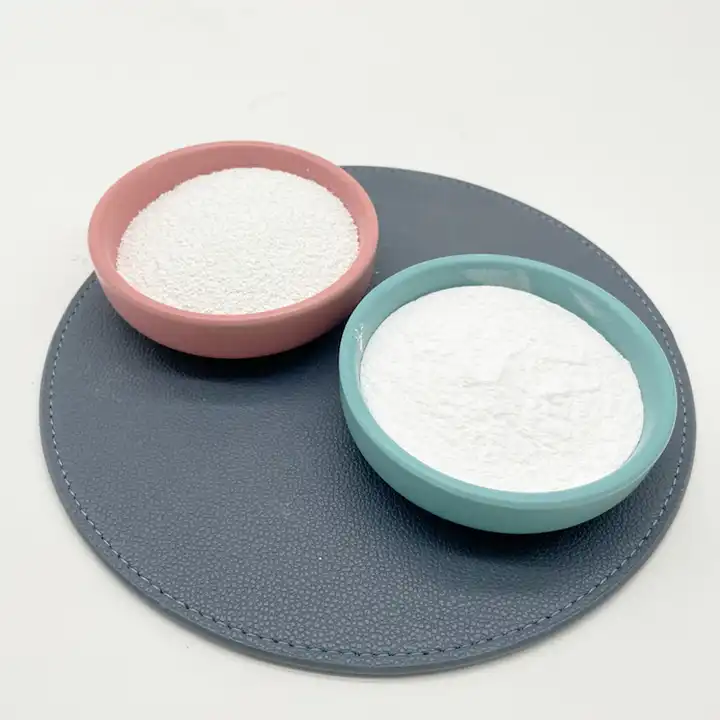
Introduction
Chlorine-based disinfectants are disinfectants that can dissolve in water to produce hypochlorous acid. Their oxidizing ability is measured by the “effective chlorine” parameter. Common chlorine-based disinfectants include hypochlorous acid water, sodium hypochlorite, calcium hypochlorite, sodium dichloroisocyanurate, trichloroisocyanuric acid, and dichloroisocyanuric acid.
Types of Chlorine-based Disinfectants
- Sodium Hypochlorite: Soluble in water, with dilute solutions being unstable, leading to a rapid decrease in effective chlorine. Commonly found as 2%-5% solutions in products like 84 disinfectant.
- Calcium Hypochlorite: Also known as bleaching powder, it has an effective chlorine content of ≥20%. The solution can become cloudy with a significant residue. Stability decreases when exposed to sunlight, heat, or moisture.
- Hypochlorous Acid Water: A new and high-level disinfectant with a mild odor. Electrolyzed hypochlorous acid water typically contains 50-200mg/L of effective chlorine, pH between 4.0 and 6.8, and an oxidation-reduction potential of 1040mV or higher. Non-electrolyzed weakly acidic hypochlorous acid water usually contains 5-100mg/L of effective chlorine with a pH of 6.20-6.80 and can have a shelf life of up to one or two years without stabilizers.
- Sodium Dichloroisocyanurate: Effective chlorine content is ≥55%. It is used for preventive disinfection and disinfection in epidemic source areas. Common forms include tablets, powders, and granules. Solid forms are more stable, while the stability of aqueous solutions is lower.
- Trichloroisocyanuric Acid: Used in swimming pool water and hospital wastewater disinfection. Available in tablet, effervescent tablet, slow-release tablet, powder, and granule forms. Effervescent tablets typically contain 250mg, 500mg, or 1000mg of effective chlorine per tablet, with 500mg being the most common.
- Dichloroisocyanuric Acid: White crystalline or powder crystals with a bleach-like odor. Soluble in most organic solvents and concentrated sulfuric acid, but sparingly soluble in water. Effective chlorine content is 60%-70%, and it is relatively stable when stored as dry crystals.
Typical Disinfection Targets and Concentrations
Chlorine-based disinfectants are commonly used for disinfecting surfaces in healthcare institutions, public places, and homes, including items such as tables, chairs, bedside tables, sanitary fixtures, doorknobs, handrails, public transportation seats, handles, and toys. They are also suitable for disinfecting medical equipment, medical waste, tableware, fabric, fruits, vegetables, and water. However, they should not be used for air, skin, or mucous membrane disinfection, except for hypochlorous acid water, which can be used for indoor air, skin, mucous membrane, and the surfaces of secondary water supply equipment.
Usage Recommendations
- For general surface disinfection, use a chlorine concentration of 250-500mg/L for preventive disinfection, with a contact time of 10-30 minutes. For surfaces contaminated with infectious agents, increase the chlorine concentration to 1000-2000mg/L for a contact time of 10-30 minutes. When surfaces are contaminated with blood, mucus, or organic materials, raise the chlorine concentration to 2000-10000mg/L.
- For tableware used by infectious disease patients, soak it in a 500mg/L chlorine solution for 20 minutes after cleaning, followed by rinsing with clean water.
- For fabric, use a chlorine concentration of 250-400mg/L for preventive disinfection, with a 20-minute contact time. When fabric is contaminated with infectious agents, use a 500mg/L chlorine solution for 30 minutes.
- Disinfect fruits and vegetables by first washing them and then immersing them in a 100-200mg/L chlorine solution for 10 minutes, followed by rinsing with clean water.
- For secretion and excretion, use a chlorine solution with a concentration of 20000mg/L for thin secretions or excretions and 50000mg/L for viscous secretions or excretions. Mix the disinfectant with the secretion or excretion in a 2:1 ratio, stir, and let it stand for at least 120 minutes.
- For water, add an appropriate amount of chlorine-based disinfectant (approximately 0.5-10g) per cubic meter of water and let it stand for 30 minutes. The residual chlorine should be 0.3-0.5mg/L for drinking water disinfection.
- For air disinfection, except for hypochlorous acid water, other chlorine-based disinfectants are not recommended. Remove the source of contamination, close doors and windows, and use a hypochlorous acid water solution with a concentration of 50mg/L through a dedicated aerosol sprayer, applying 10-20ml/m³. Let it stand for 30 minutes before use.
- For hand disinfection, except for hypochlorous acid water, other chlorine-based disinfectants are not recommended. Use hypochlorous acid water with a concentration of 80-150mg/L for hand hygiene. For general hand disinfection, apply the solution to cover the hands for 1 minute, and for surgical hand disinfection, apply to hands, forearms, and one-third of the upper arm for 3 minutes.
- For skin and mucous membranes, except for hypochlorous acid water, other chlorine-based disinfectants are not recommended. Apply hypochlorous acid water with a concentration of 100mg/L evenly to the area to be disinfected, or use a sterile cotton swab or gauze soaked in the disinfectant for wiping.
Safety Precautions
- Do not ingest external disinfectants, except for weakly acidic hypochlorous acid disinfectant with an effective chlorine concentration below 50mg/L. Keep them out of reach of children and label packaging with appropriate safety warnings.
- When preparing and transferring concentrated disinfectant solutions, wear a mask and gloves. When using, wear gloves to avoid skin contact. In case of accidental contact with eyes, rinse immediately with water, and seek medical attention if necessary.
- Store chlorine-based disinfectants in a cool, dark, dry, and sealed environment. Prepare and use them immediately.
- Be aware that chlorine-based disinfectants have a bleaching effect and should not be used on colored fabrics. They can also corrode metals and other items, so rinse them thoroughly after disinfection.
- After disinfecting tableware and medical instruments, rinse off any residual disinfectant with clean water before use.
- If items are heavily contaminated with organic material, increase the concentration or contact time of the disinfectant or perform two rounds of disinfection.
- Follow the specific product instructions for usage range, methods, shelf life, and safety testing results.